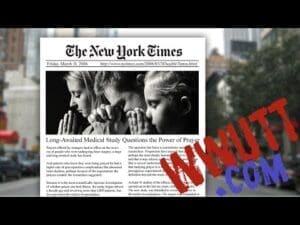On October 31, 1517, Martin Luther nailed to the door of the church in Wittenburg, Germany, his ninety-five theses, a list of arguments calling out the corrupt practices of the Roman Catholic church. This marked the beginning of the Protestant Reformation, an effort to reform the church and recover the gospel.
But why did Luther choose that day to present his theses? Well November 1 was All Saints Day, and the church in Wittenburg was about to present an exhibit of newly acquired relics. Worshipers would come from great distances to genuflect upon these relics, hoping to take thousands of years off their purgatory sentence.
The Catholic church was selling the forgiveness of sins, and teaching people they could be saved by their works. This was not the gospel. Salvation is not through sacraments or the Pope. It isn’t earned by deeds or money. We are saved by grace through faith in Christ alone.
One of Luther’s theses was, “The true treasure of the church is the most holy gospel of the glory and grace of God.” That is the meaning of Reformation Day, when the light of the gospel broke forth out of darkness.
Hence this motto of the reformation, post tenebras lux: “Out of darkness, light.” The Bible says, “For God, who said, ‘Let light shine out of darkness,’ has shown in our hearts to give the light of the knowledge of the glory of God in the face of Jesus Christ” (2 Corinthians 4:6).
Reformers like Luther, Calvin, Knox, Tyndale, and others helped to lead the church back to the glorious doctrines of justification by grace through faith in Jesus Christ to the glory of God, when we understand the text.



